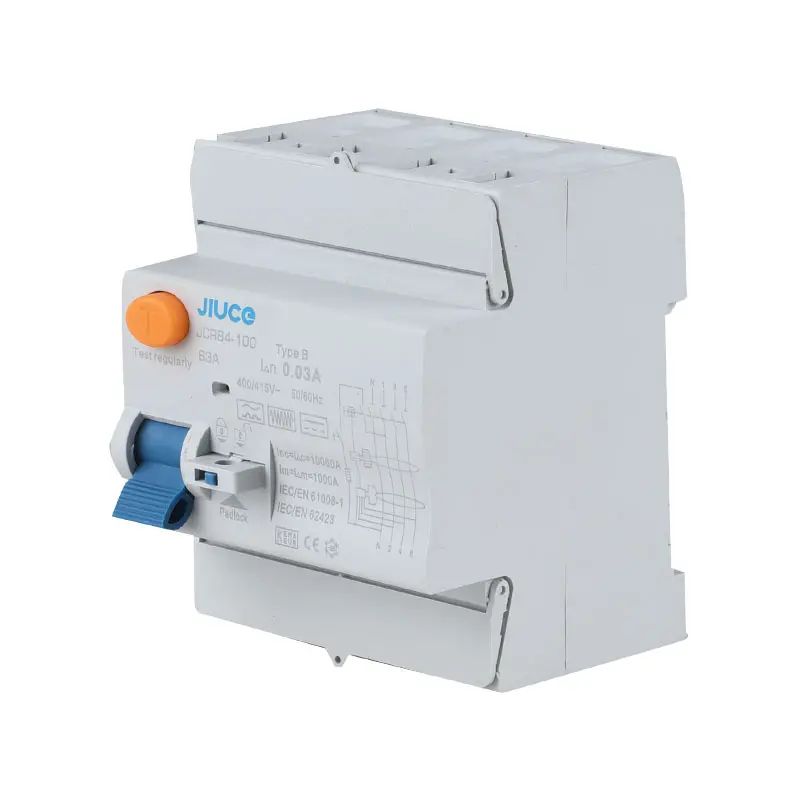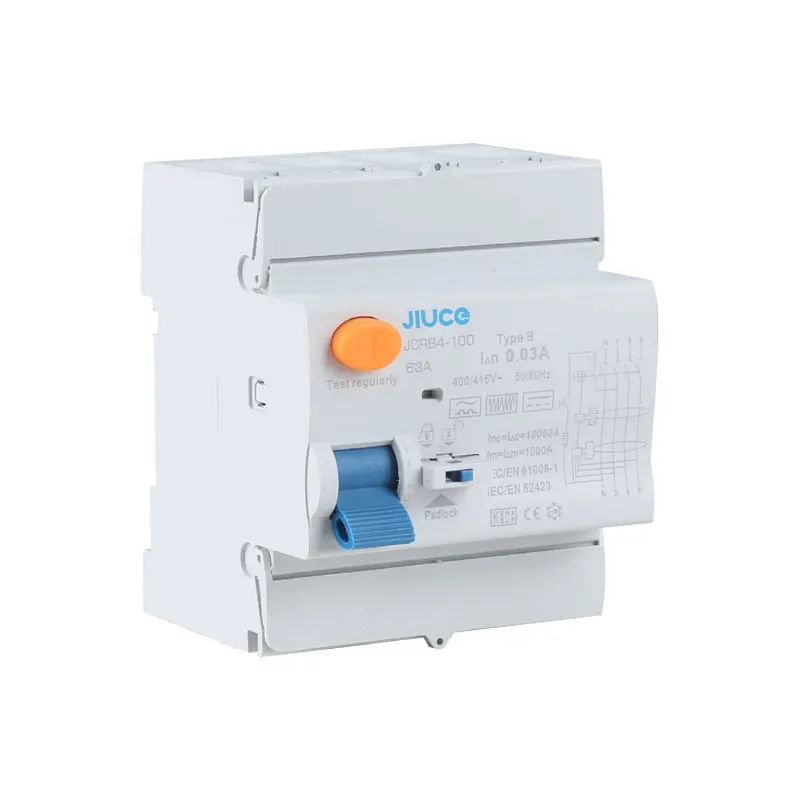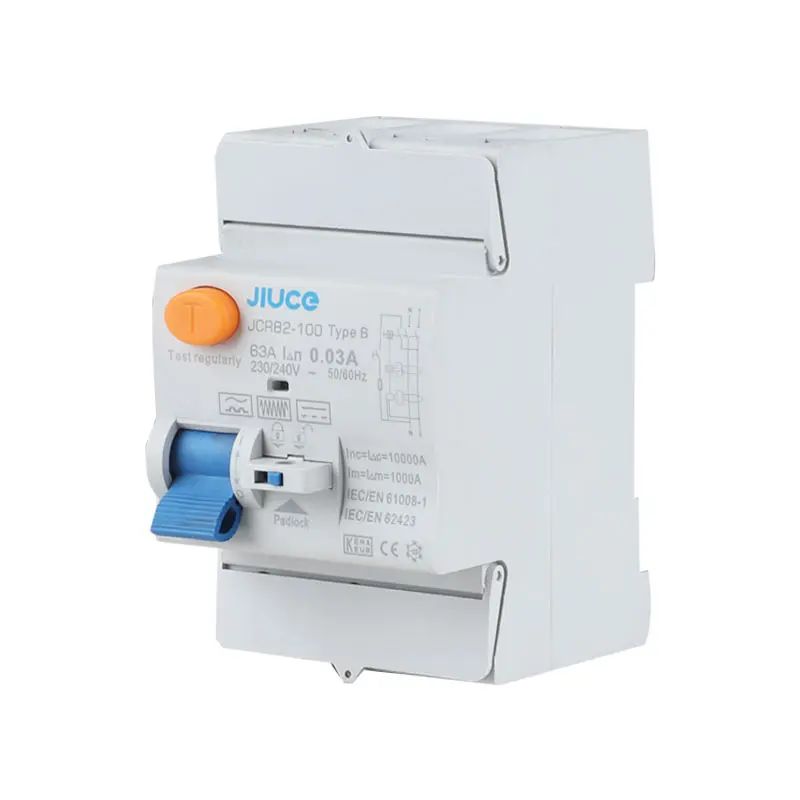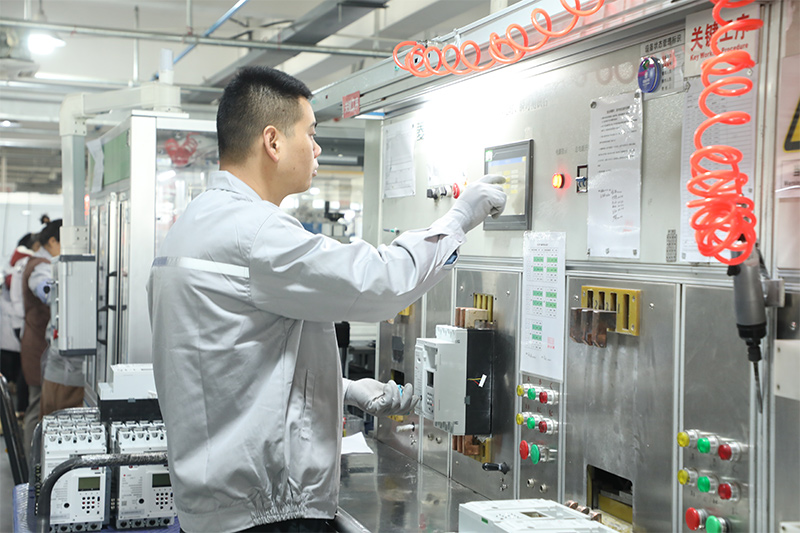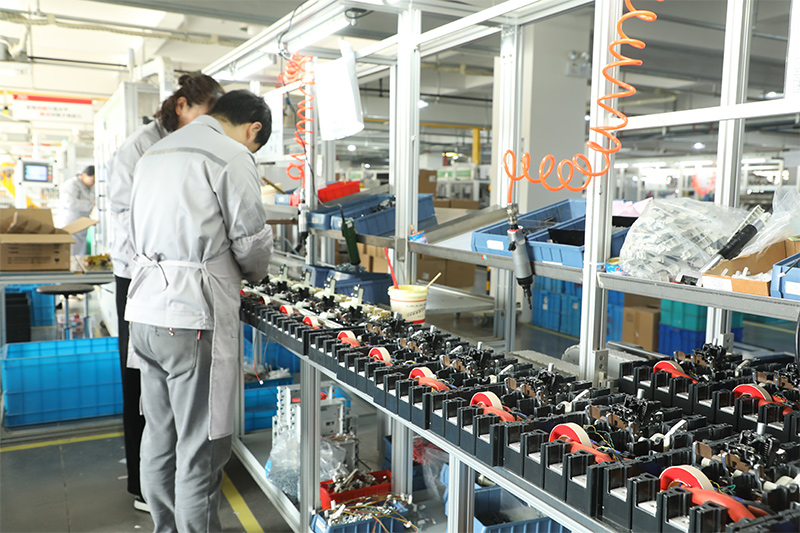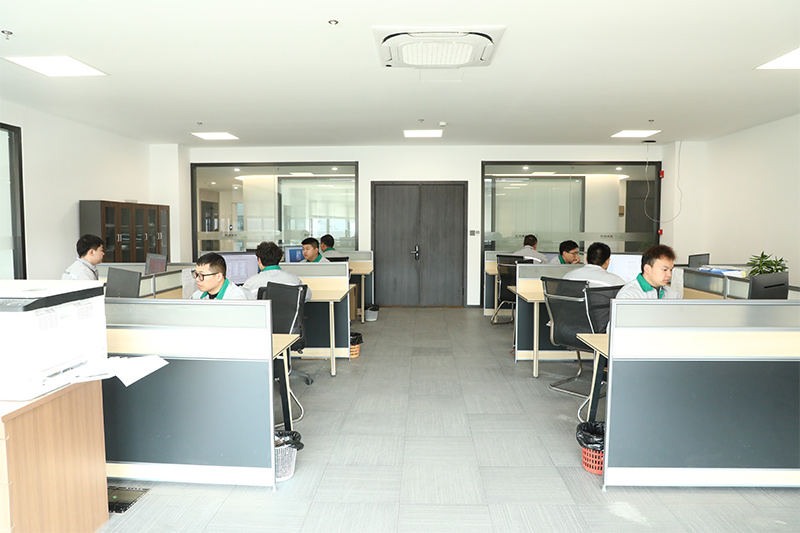JCRB2-100 Type B RCDs
Introduction
Type B RCDs (Residual Current Devices) play a vital role in ensuring electrical safety in a variety of applications. Its unique design enables it to protect against both AC and DC faults, making it particularly suitable for environments with DC-sensitive loads such as electric vehicles, renewable energy systems and industrial machinery. As the demand for these technologies continues to grow, the importance of Type B RCDs in modern electrical installations cannot be overstated.
Type B RCDs are able to detect AC and DC residual currents, thus providing a higher level of safety compared to conventional RCDs. While Type A RCDs are designed to trip in the event of an AC fault, Type B RCDs are also capable of detecting DC residual current, making them critical for meeting the changing electrical safety needs of today's applications. This is particularly important as the adoption of renewable energy systems and electric vehicles poses new challenges and requirements for electrical protection.
The ability of Type B RCDs to provide protection in the presence of DC sensitive loads is a significant advantage. For example, electric vehicles rely on direct current to drive, and appropriate protection measures need to be implemented to ensure the safety of the vehicle and its charging infrastructure. Likewise, renewable energy systems such as solar panels operate on DC power, making Type B RCDs an indispensable component in these installations. The versatility and advanced safety features of Type B RCDs make them an essential element in protecting modern electrical systems and equipment.
The most important features
The DIN rail mounted 2-pole/single-phase Type B RCD provides the necessary protection for electrical systems. This RCD has a trip sensitivity of 30mA, a current rating of 63A and a voltage rating of 230V AC and is designed to protect against residual fault currents and leakage in a variety of applications. Its short-circuit current capacity of 10kA ensures reliable performance even in the event of a fault.
It's worth noting that the RCD's IP20 rating means it requires an enclosure suitable for outdoor use to ensure it's fully protected from environmental factors. In addition, it complies with standards such as IEC/EN 62423 and IEC/EN 61008-1, emphasizing its reliability and compliance with industry regulations, giving users and installers peace of mind.
Product Description
| Standard | IEC 60898-1, IEC60947-2 |
| Rated current | 63A |
| Voltage | 230 / 400VAC ~ 240 / 415VAC |
| CE-marked | Yes |
| Number of poles | 4P |
| Class | B |
| IΔm | 630A |
| Protection class | IP20 |
| Mechanical life | 2000 connections |
| Electrical life | 2000 connections |
| Operating temperature | -25… + 40˚C with an ambient temperature of 35˚C |
| Type Description | B-Class (Type B) Standard protection |
| Fits (among others) | |
What is a Type B RCD?
Type B RCD is not the same as Type B MCB or RCBO, although the terminology is similar and may cause confusion. It is worth noting that the Type B designation refers to the thermal properties in MCB/RCBO and the magnetic properties in RCCB/RCD. This distinction is crucial to avoid misunderstandings, especially when encountering products such as RCBOs with dual characteristics, comparing the magnetic element of the RCBO to the thermal element (which may be an AC or A type magnetic element and a B or C type Thermal RCBO) combined.
How do Type B RCDs work?
Type B RCDs usually contain two residual current detection systems to ensure comprehensive protection. The first system used “fluxgate” technology to enable the RCD to detect smooth DC current. The second system uses technology similar to Type AC and Type A RCDs to provide voltage-independent detection. This dual approach enables Type B RCDs to effectively identify and respond to a wide range of fault currents, both AC and DC, making them suitable for a variety of applications where such currents may be present.
010203040506

 JCB1-125
JCB1-125 JCB2-40M
JCB2-40M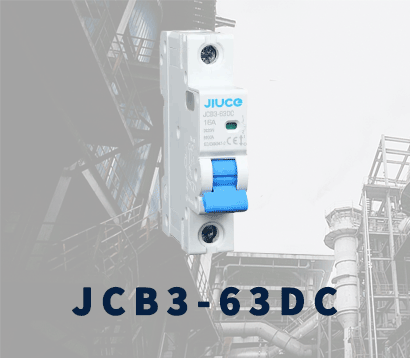 JCB3-63DC
JCB3-63DC JCB3-80H
JCB3-80H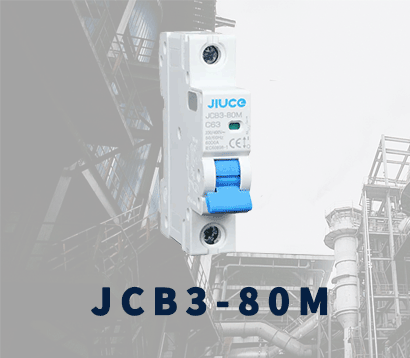 JCB3-80M
JCB3-80M JCBH-125
JCBH-125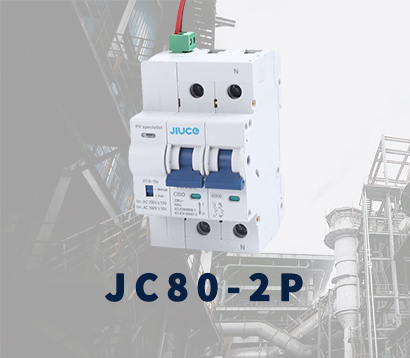 JC80-2P
JC80-2P JC80-4P
JC80-4P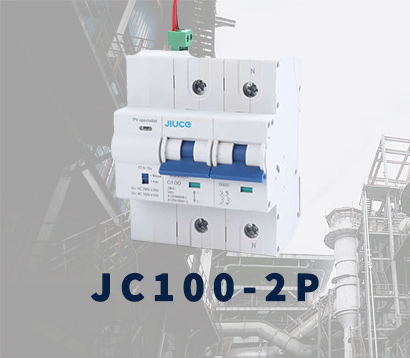 JC125-2P
JC125-2P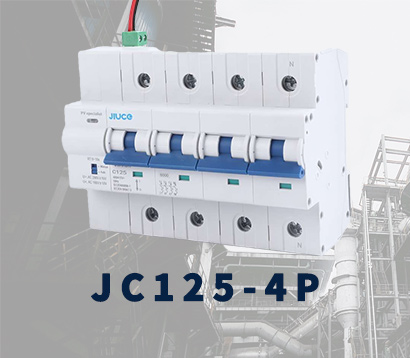 JC125-4P
JC125-4P JCMX
JCMX JCSD
JCSD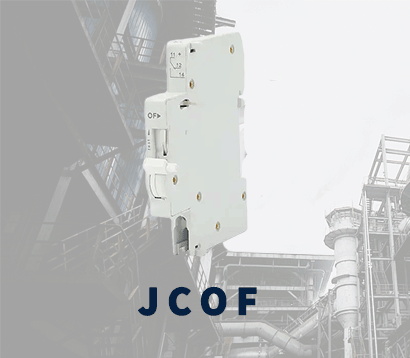 JCOF
JCOF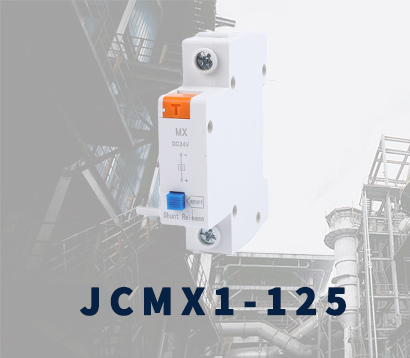 JCMX1-125
JCMX1-125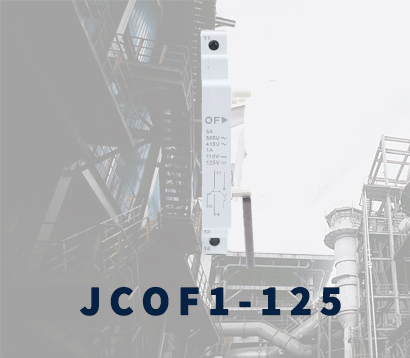 JCOF1-125
JCOF1-125 JCSD1-125
JCSD1-125 JCRD4-125
JCRD4-125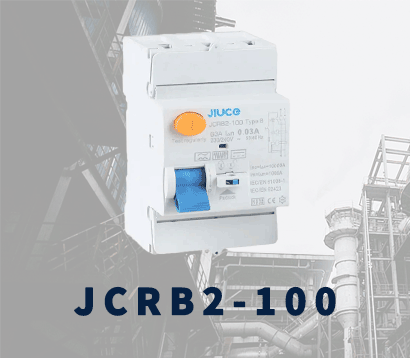 JCRB2-100
JCRB2-100 JCR2-63
JCR2-63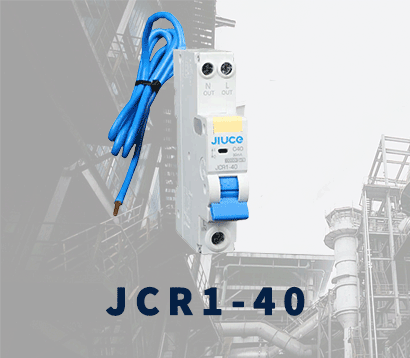 JCR1-40
JCR1-40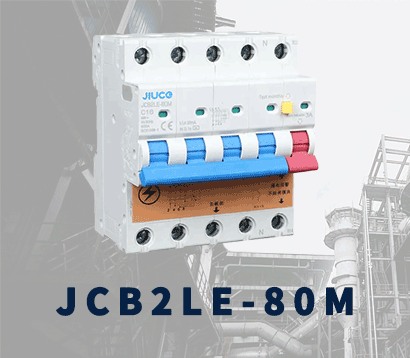 JCB2LE-80M
JCB2LE-80M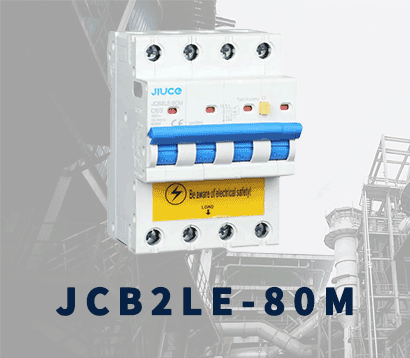 JCB2LE-80M
JCB2LE-80M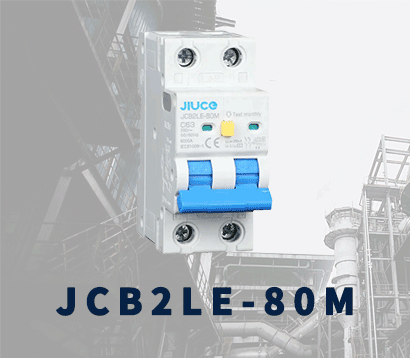 JCB2LE-80M
JCB2LE-80M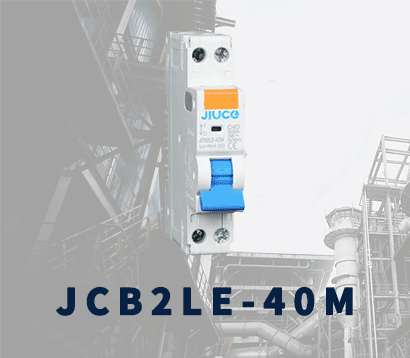 JCB2LE-40M
JCB2LE-40M JCB1LE-125
JCB1LE-125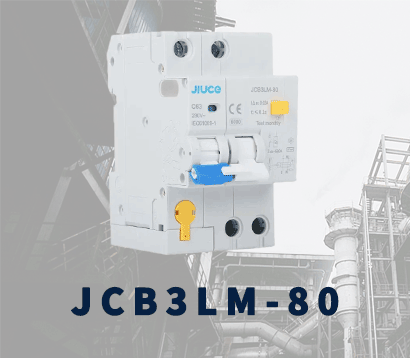 JCB3LM-80
JCB3LM-80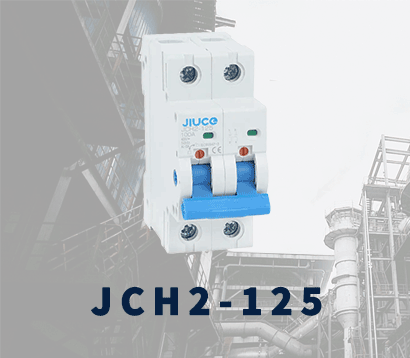 JCH2-125
JCH2-125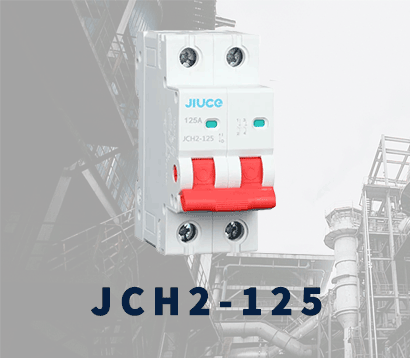 JCH2-125
JCH2-125 CJX2
CJX2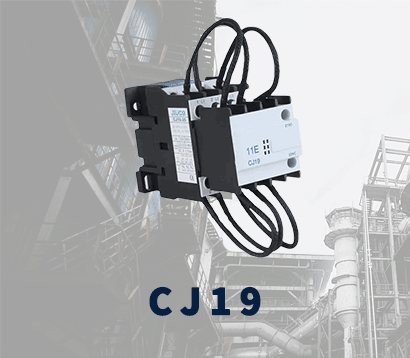 CJ19
CJ19 JCMCU
JCMCU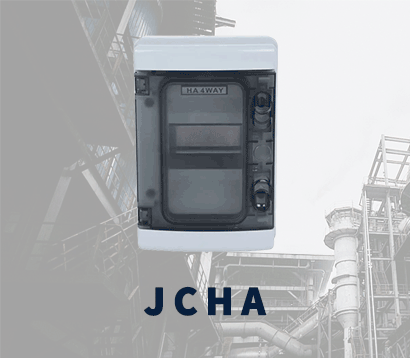 JCHA
JCHA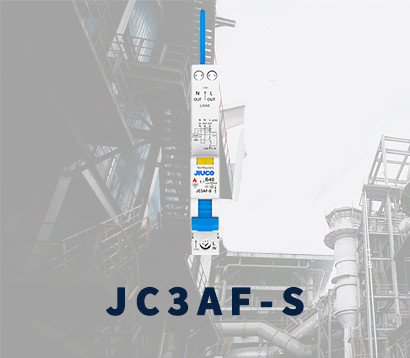 JC3AF-S
JC3AF-S JC3AE
JC3AE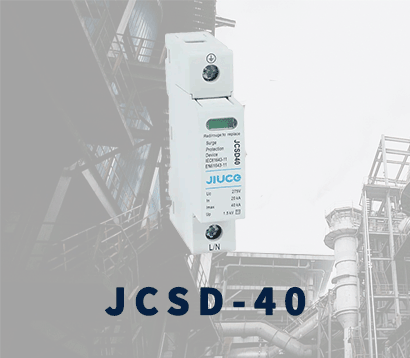 JCSD-40
JCSD-40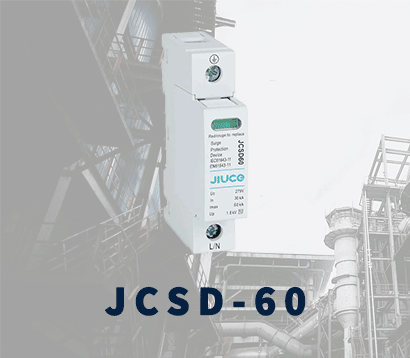 JCSD-60
JCSD-60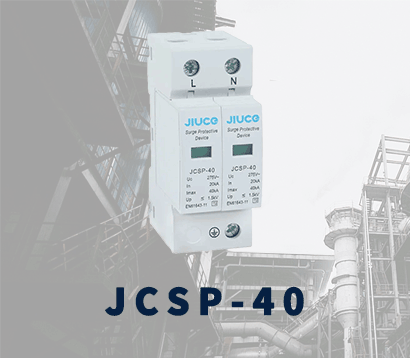 JCSP-40
JCSP-40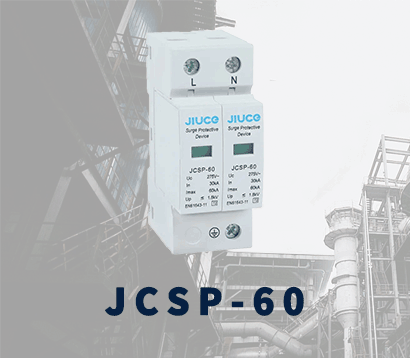 JCSP-60
JCSP-60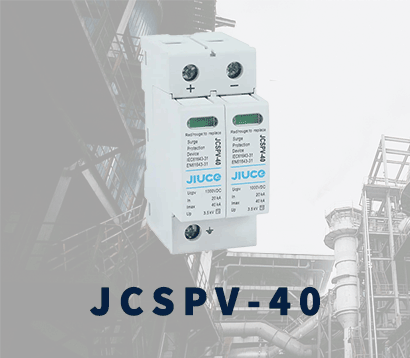 JCSPV
JCSPV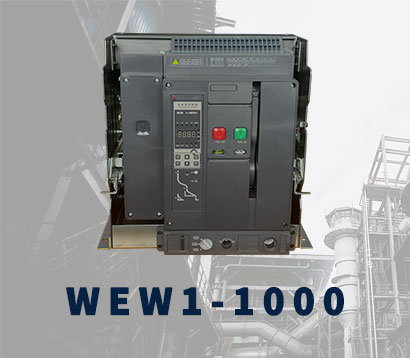 WEW1-1000
WEW1-1000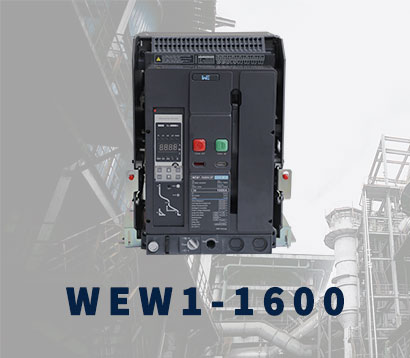 WEW1-1600
WEW1-1600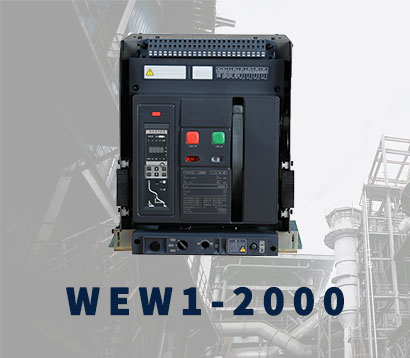 WEW1-2000
WEW1-2000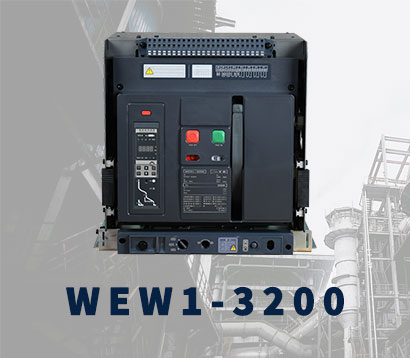 WEW1-3200
WEW1-3200 WEW1-4000
WEW1-4000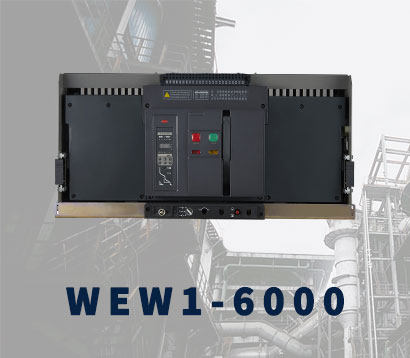 WEW1-6300
WEW1-6300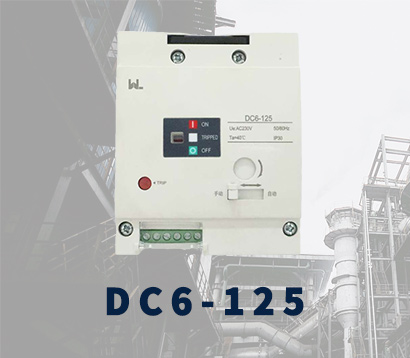 DC6-125
DC6-125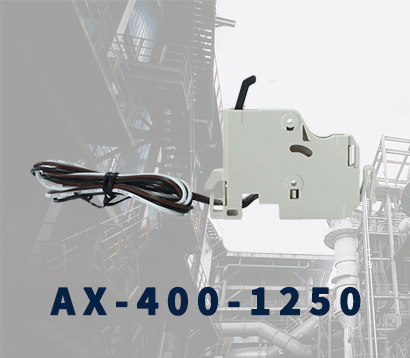 AX-400-1250
AX-400-1250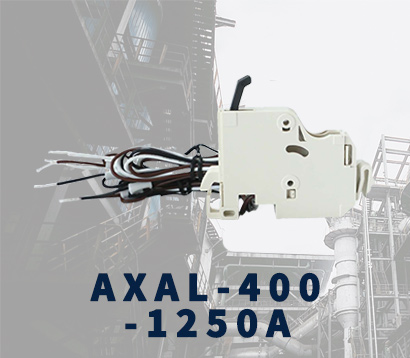 AXAL-400-1250A
AXAL-400-1250A AL-400-1250
AL-400-1250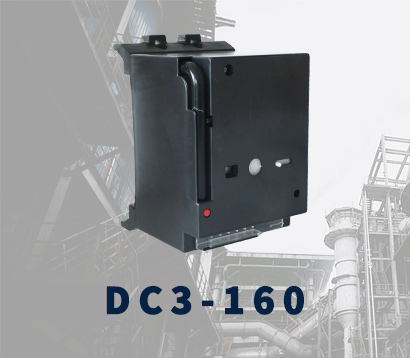 DC3-160
DC3-160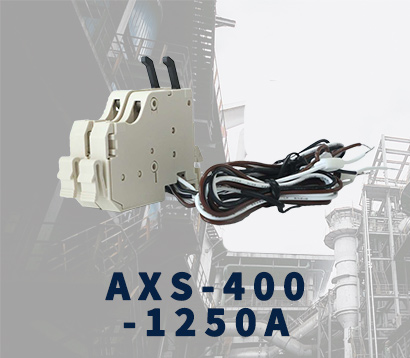 AXS-400-1250A
AXS-400-1250A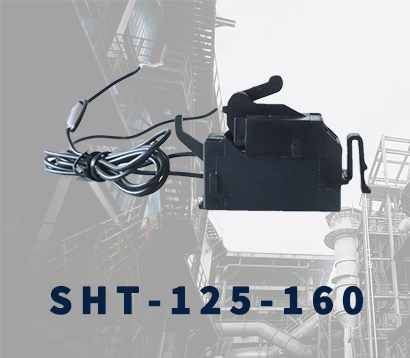 SHT-125-160
SHT-125-160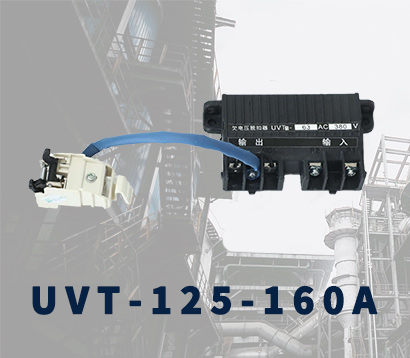 UVT-125-160A
UVT-125-160A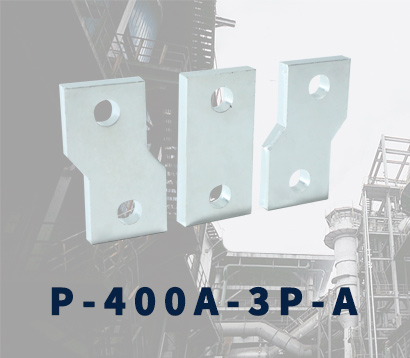 400-3P/4P terminal cover
400-3P/4P terminal cover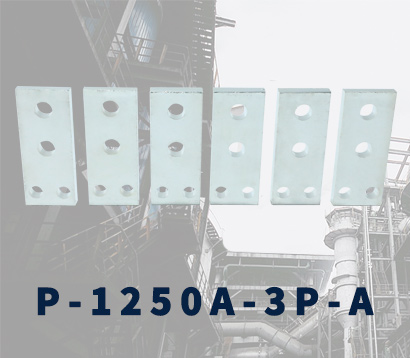 1250-3Pmccb accessories busbar
1250-3Pmccb accessories busbar 250-3P terminal conver
250-3P terminal conver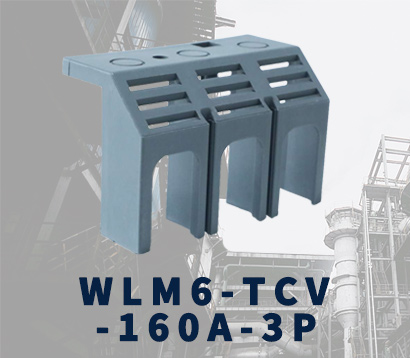 WLM6-TCV-160A-3P
WLM6-TCV-160A-3P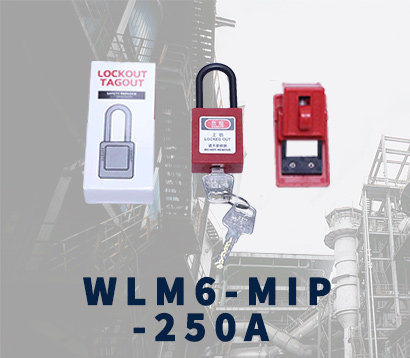 WLM6-MIP-250A
WLM6-MIP-250A WLM6-125A-3300 3P/4P
WLM6-125A-3300 3P/4P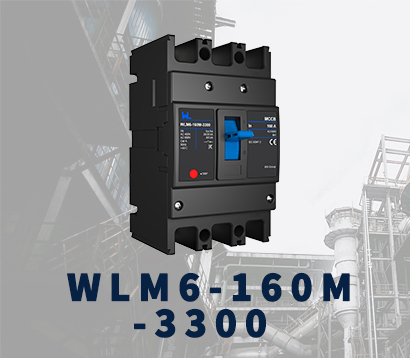 WLM6-160A-3300 3P/4P
WLM6-160A-3300 3P/4P WLM6-250A-3300 3P/4P
WLM6-250A-3300 3P/4P WLM6-400A-3300 3P/4P
WLM6-400A-3300 3P/4P WLM6-630A-3300 3P/4P
WLM6-630A-3300 3P/4P WLM6-800A-3300 3P/4P
WLM6-800A-3300 3P/4P WLM6-1250A-3300 3P/4P
WLM6-1250A-3300 3P/4P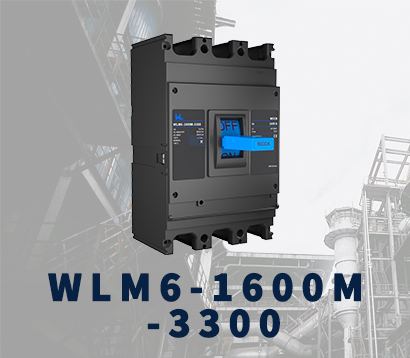 WLM6-1600A-3300 3P/4P
WLM6-1600A-3300 3P/4P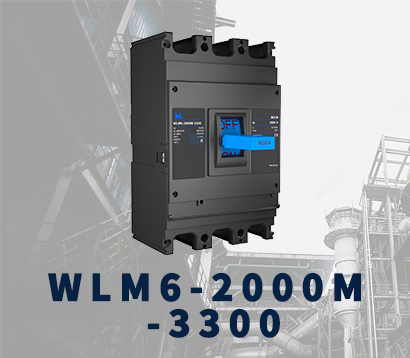 WLM6-2000A 3P/4P
WLM6-2000A 3P/4P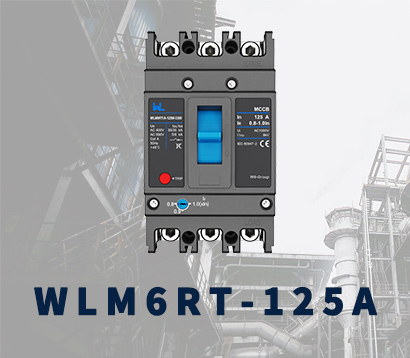 WLM6RT-125A
WLM6RT-125A WLM6RT-160A
WLM6RT-160A WLM6RT-250A
WLM6RT-250A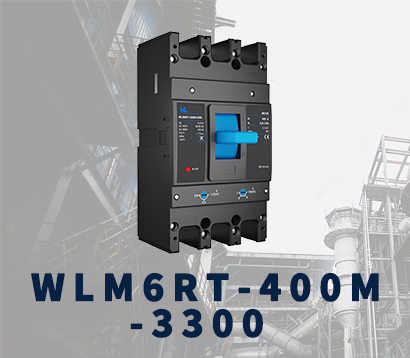 WLM6RT-400A
WLM6RT-400A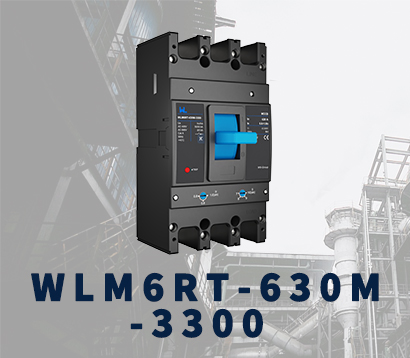 WLM6RT-630A
WLM6RT-630A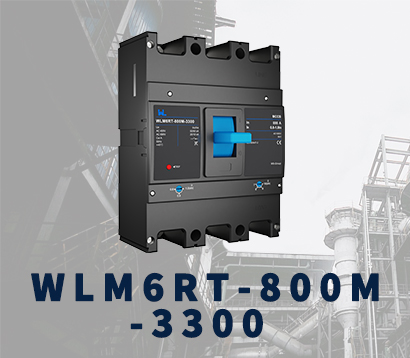 WLM6RT-800A
WLM6RT-800A WLM6RT-1250A
WLM6RT-1250A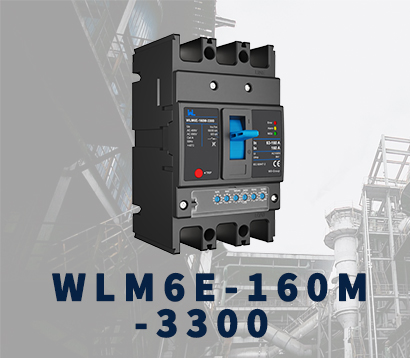 WLM6E-160A-3300 3P
WLM6E-160A-3300 3P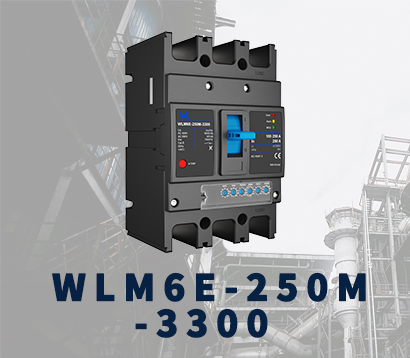 WLM6E-250A-3300
WLM6E-250A-3300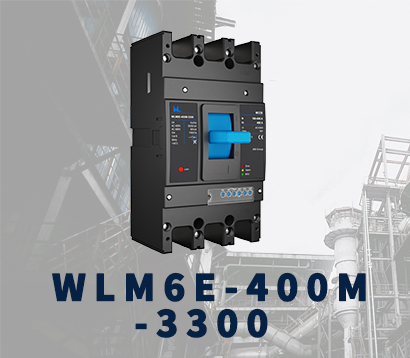 WLM6E-400A-3300 3P/4P
WLM6E-400A-3300 3P/4P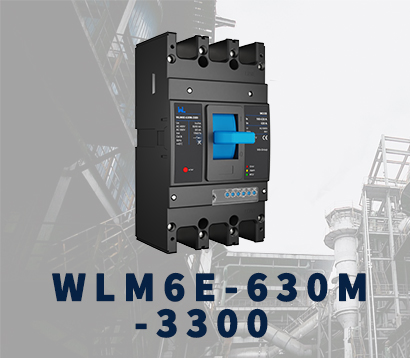 WLM6E-630A-3300
WLM6E-630A-3300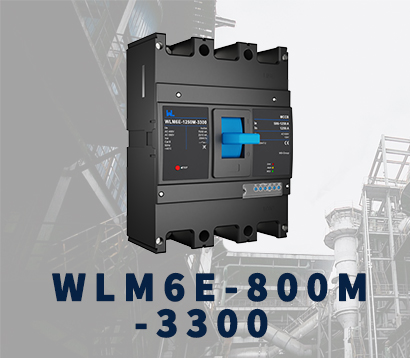 WLM6E-800A-3300 3P/4P
WLM6E-800A-3300 3P/4P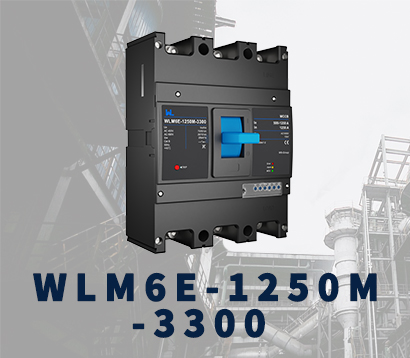 WLM6E-1250A-3300
WLM6E-1250A-3300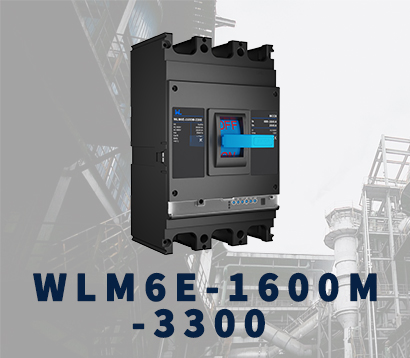 WLM6E-1600-3300 3P/4P
WLM6E-1600-3300 3P/4P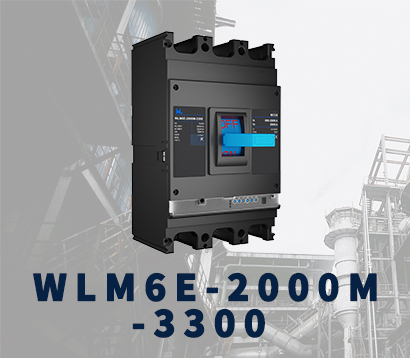 WLM6E-2000A-3300 3P/4P
WLM6E-2000A-3300 3P/4P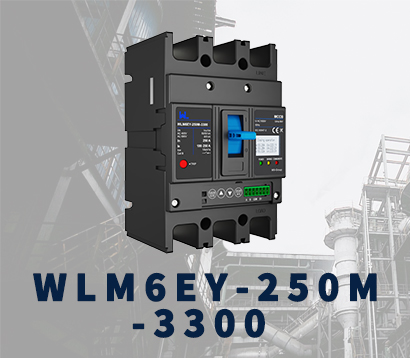 WLM6EY-250-3300 3P/4P
WLM6EY-250-3300 3P/4P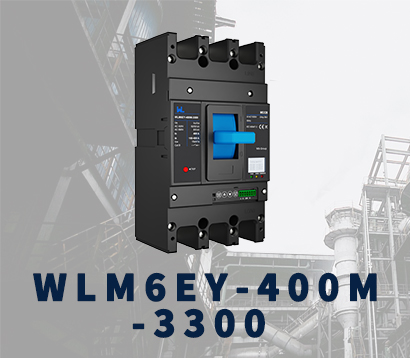 WLM6EY-400 3P/4P
WLM6EY-400 3P/4P WLM6EY-630 3P/4P
WLM6EY-630 3P/4P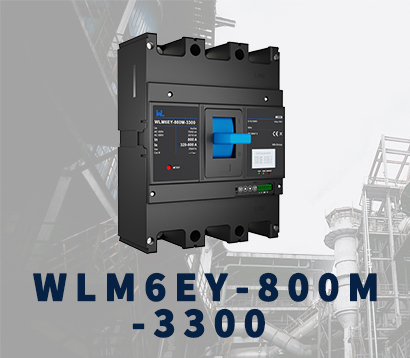 WLM6EY-800A 3P/4P
WLM6EY-800A 3P/4P WLM6EY-1250A 3P/4P
WLM6EY-1250A 3P/4P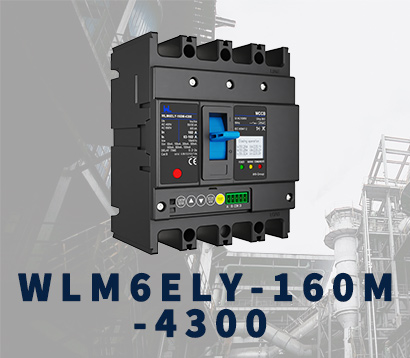 WLM6ELY-160A
WLM6ELY-160A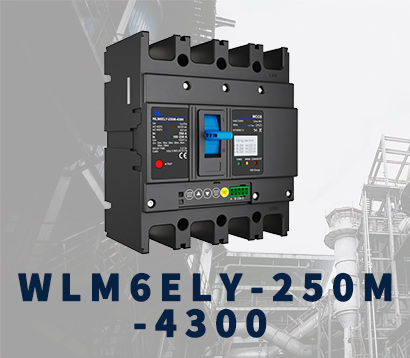 WLM6ELY-250A
WLM6ELY-250A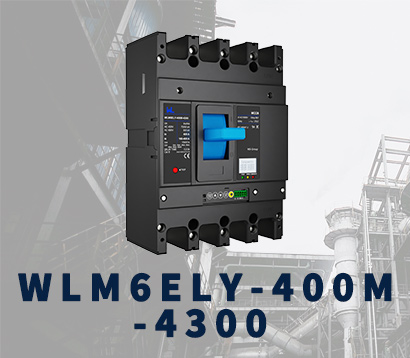 WLM6ELY-400A
WLM6ELY-400A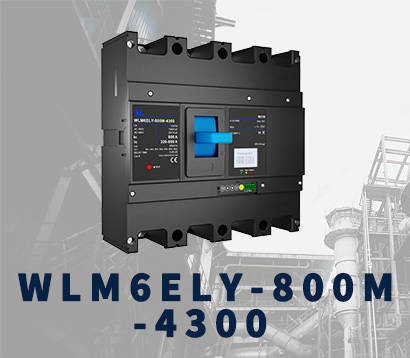 WLM6ELY-800A
WLM6ELY-800A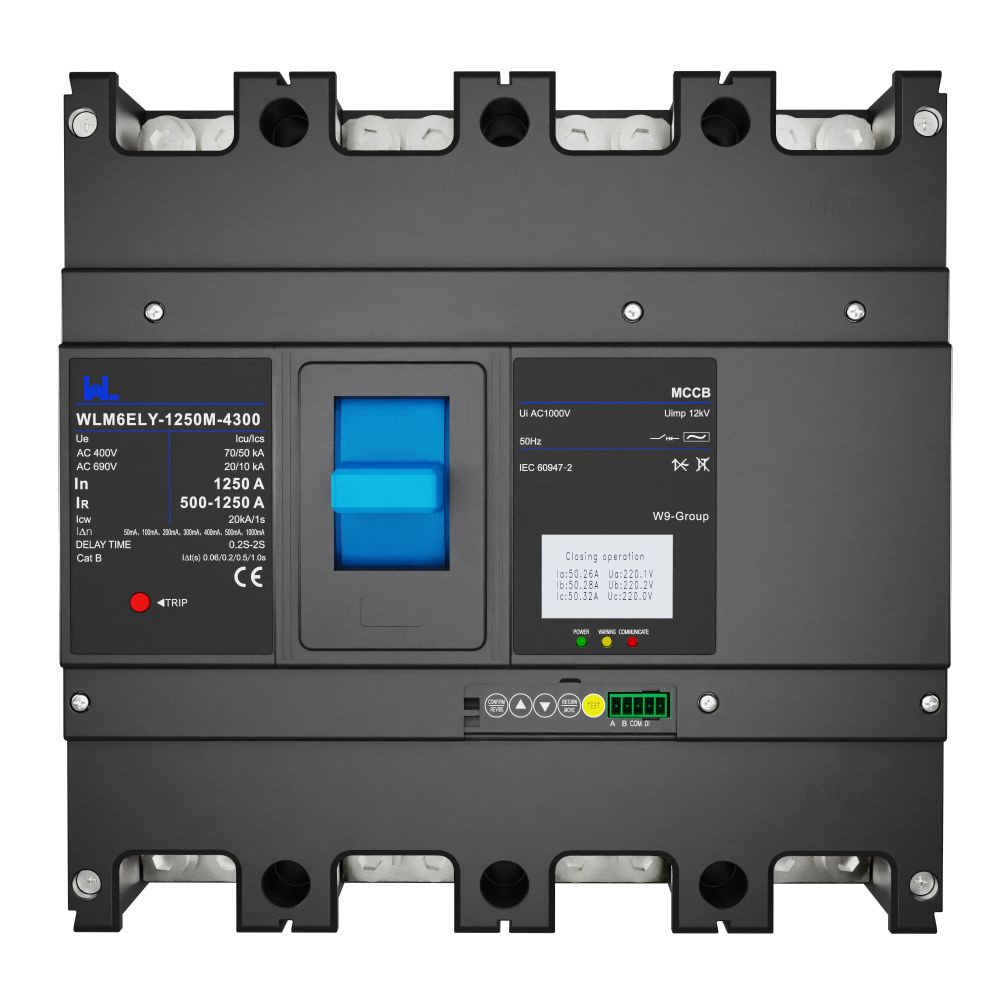 WLM6ELY-1250A
WLM6ELY-1250A WLM6LY-125A
WLM6LY-125A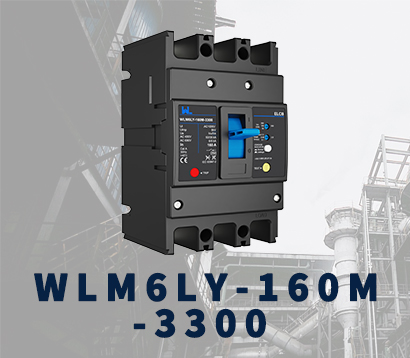 WLM6L-160A
WLM6L-160A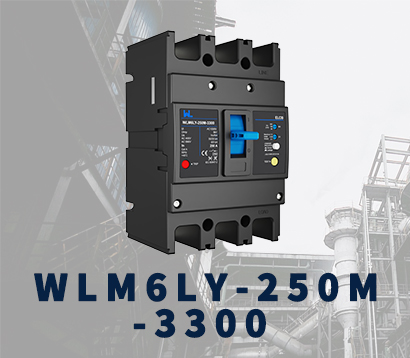 WLM6LY-250A
WLM6LY-250A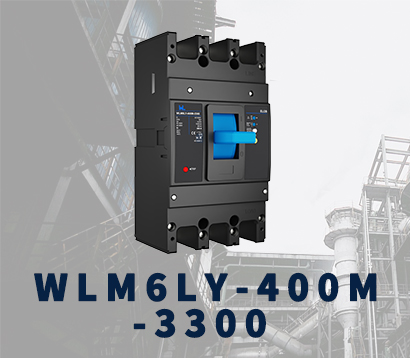 WLM6LY-400A
WLM6LY-400A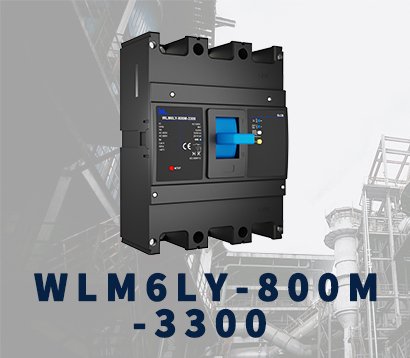 WLM6LY-800A
WLM6LY-800A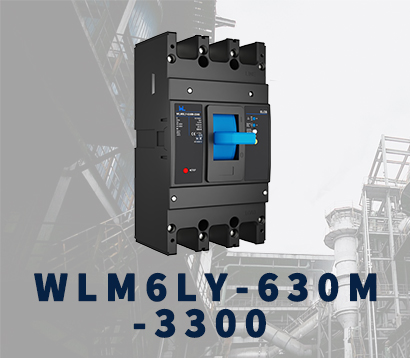 WLM6LY-630A
WLM6LY-630A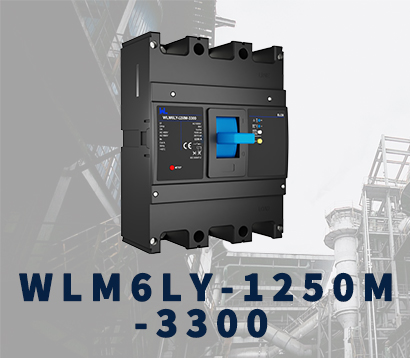 WLM6LY-1250A
WLM6LY-1250A JCB3-63DC
JCB3-63DC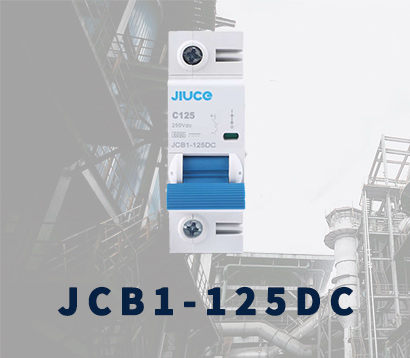 JCB1-125DC
JCB1-125DC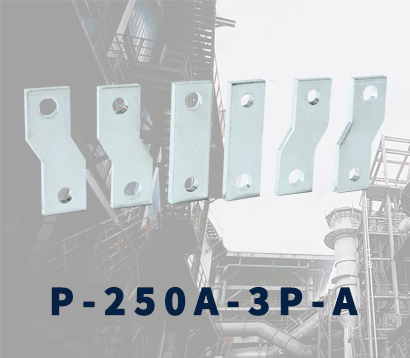 P-250A-3P-A
P-250A-3P-A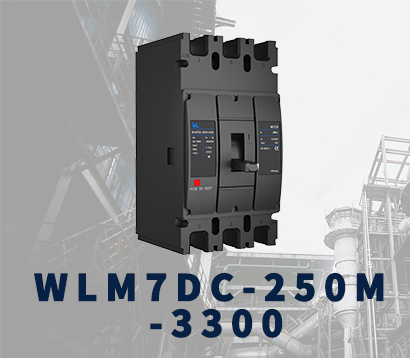 WLM7DC-250A-2300 2P/3P
WLM7DC-250A-2300 2P/3P WLM7DC-315A-3300 2P/3P
WLM7DC-315A-3300 2P/3P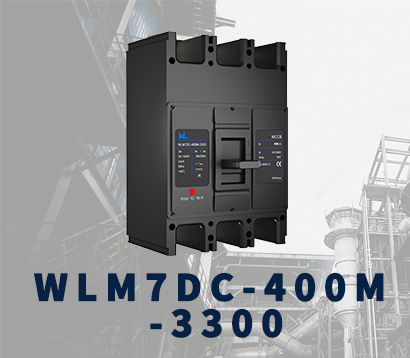 WLM7DC-400A-2300 2P/3P
WLM7DC-400A-2300 2P/3P WLM7DC-630A-3300 3P
WLM7DC-630A-3300 3P WLM7DC-800A-2300 2P/3P
WLM7DC-800A-2300 2P/3P WLM7DC-400A 2300
WLM7DC-400A 2300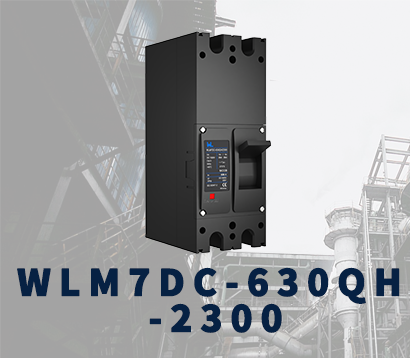 WLM7DC-630A-2300 2P
WLM7DC-630A-2300 2P WLM7HU-250-3300 3P
WLM7HU-250-3300 3P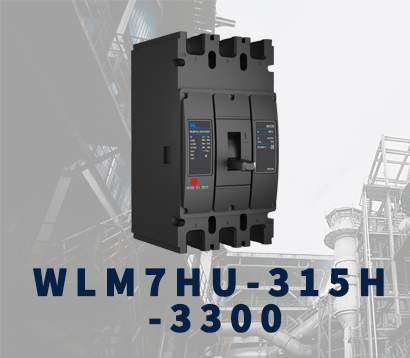 WLM7HU-315-3300 3P
WLM7HU-315-3300 3P WLM7HU-400-3300 3P
WLM7HU-400-3300 3P WLM7HU-630-3300 3P
WLM7HU-630-3300 3P WLM7HU-800-3300 3P
WLM7HU-800-3300 3P PV-1500V/250A
PV-1500V/250A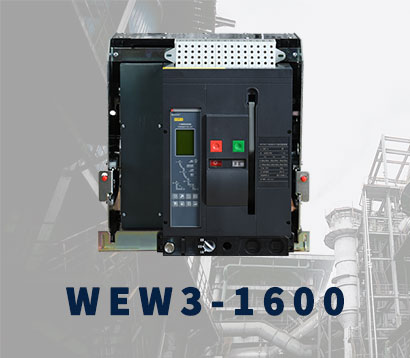 WEW3-1600
WEW3-1600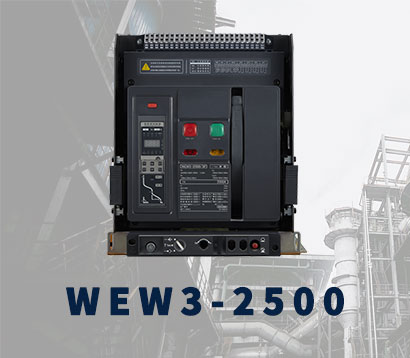 WEW3-2500
WEW3-2500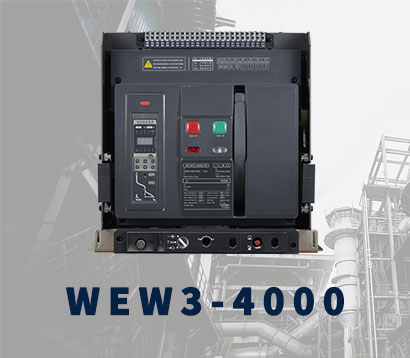 WEW3-4000
WEW3-4000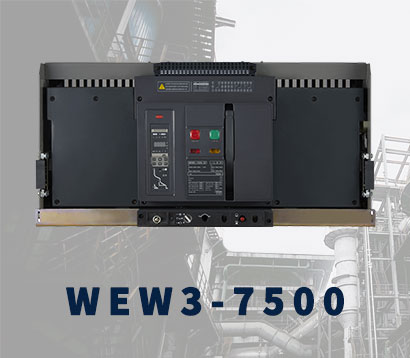 WEW3-7500
WEW3-7500






